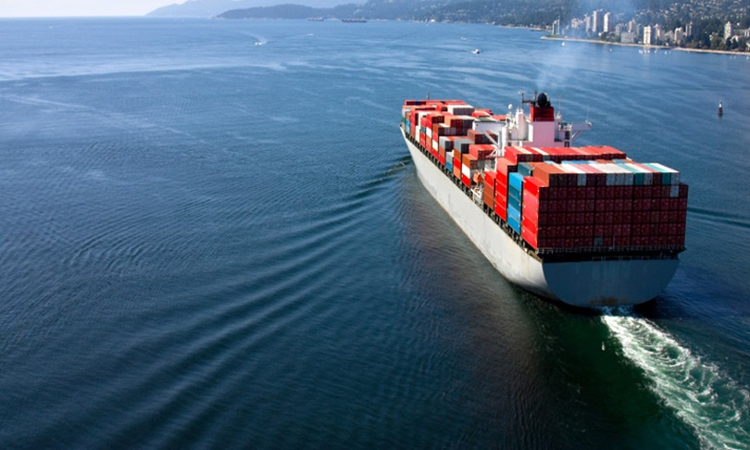- Home
- /
- Know the Law
- /
- Maritime Law And Its Conception
Maritime Law And Its Conception
Vaibhav Ratna
6 Jan 2023 10:04 AM IST
Marine law, often known as admiralty law, is a corpus of rules, conventions, and treaties that govern private maritime enterprise and other nautical problems such as shipping or open-water infractions. The Law of the Sea refers to international norms that control the use of the oceans and seas. In English-speaking countries, the terms “admiralty” and “jurisdiction”...
Next Story



